Omni-channel will dominate digital and physical stores
Embracing technology to stay relevant …
We regularly hear people commenting that “bricks-and-mortar stores are dead” — but is it really time to start shuttering our High Streets?
Globally, footfall is down less than a percentage point — and in most cases it is not only about the number of customers that a company gets through the door, it is also about the quality and conversion of those customers, the retention rate, the satisfaction they gain from the experience that matter most.
These once murky concepts — hard to easily quantify in-store — can now be revealed through the implementation of sensors in conjunction with artificial intelligence (AI) that can record, analyse and report data automatically on a previously unthinkable scale.
In order to succeed, retailers in Asia-Pacific and around the world need to embrace technologies that will merge the digital and physical shopping experience. A recent survey found that in Asia-Pacific, 88% of retailers expect to support a “buy online and pick up in-store” programme within the next four years to further increase omni-channel shopping.
Moreover, more than 75% of retailers in Asia-Pacific say they will be able to customise the store visit for customers as the majority of them will know when a specific customer is in the store, thanks to technology such as sophisticated 360-degree video technology in conjunction with real-time data analysis.
Retailers now have the option to read and respond to customer reactions in real time. The applications of such information and technology are vast and will be expanding rapidly in the coming years. However, we can already see technology defending the physical space in a number of ways.
The customer journey
The act of entering a shop is something of a ritual. The physicality of a store cannot be replicated online, and it is a key area where the bricks-and-mortar retains an advantage over the digital. Being able to walk through a physical store, taking in a multi-sensory experience, is what makes shopping on High Street so unique and important. However, until the space is created and the shoppers have entered, it is hard to know exactly how customers will react to store layouts.
With emerging technologies and sensors connected through the Internet of Things (IoT), and advanced software analysing big data, customer journeys can be tracked. This allows retailers to see how customers move and interact with merchandise and displays within their stores.
For example, it might be seen that men trying on trainers always go to a specific mirror — once this has been detected, the merchandise around that mirror can be adjusted for the identified audience. Or the layout of the store changed to make the mirror-search quicker. Other good potential merchandising areas might go unnoticed as the men, after using the mirror, take an unexpected route back to the shoes section.
This is just one of the thousands of subtle changes 360-degree video technology can make which add up to a real difference in sales, engagement and the overall customer experience. Studies have shown that 54% of retailers worldwide with above-average sales understand that the use of IoT is set to have a dramatic change in the way companies will operate their business over the next three years.
Visual engagement
Visual merchandising and store atmospherics have long been known to have a direct impact on the customer experience and how much they spend. Magazine Chain Store Age set some hard facts on this topic back in 2004, stating that 63% of consumers remember occasions when the store atmosphere caused them to buy more, while almost 50% also spent money and more time in a store with the right atmosphere. However, despite this, the ability to track customer responses in the physical space has proved tricky and so little hard evidence is usually available when it comes to visual merchandising.
Growth in areas such as facial tracking and machine learning means that video technology can now automatically track a customer’s reaction to certain visual cues. Questions on which displays are holding people’s sight for the longest, which are eliciting a sigh, and which get people picking up products can be answered with quantifiable, results-based metrics — and without a sales assistant lurking with a clipboard! The ability to respond to these messages is key in increasing customer engagement, retention and sales.
What’s next?
The IoT and the smart video space is developing at a rapid pace, but so are consumer habits. In order to combat the lower footfall spreading across the bricksand-mortar retail sector, companies must embrace new technologies that bring the digital sense of opportunity and ease that consumers respond to.
The emergence of real-world business data which is beginning to match the analytics available in the online space provides the only way for the retail store to remain relevant. That vast well of customer information previously thought unattainable is finally within reach — all that is left is for us to embrace the tools that can tap it.
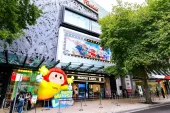

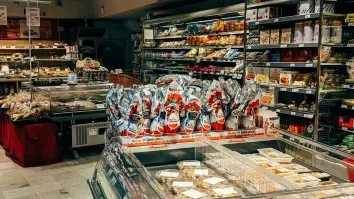

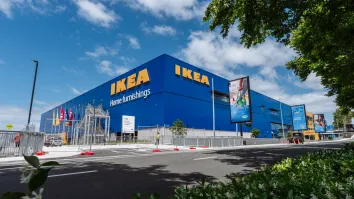
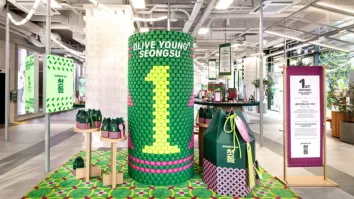


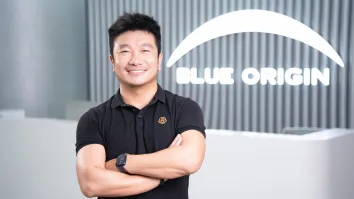
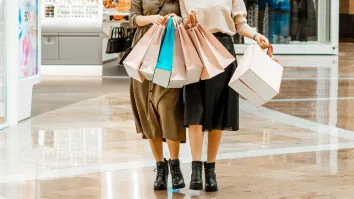








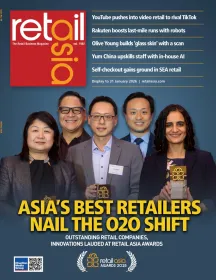
 Advertise
Advertise






